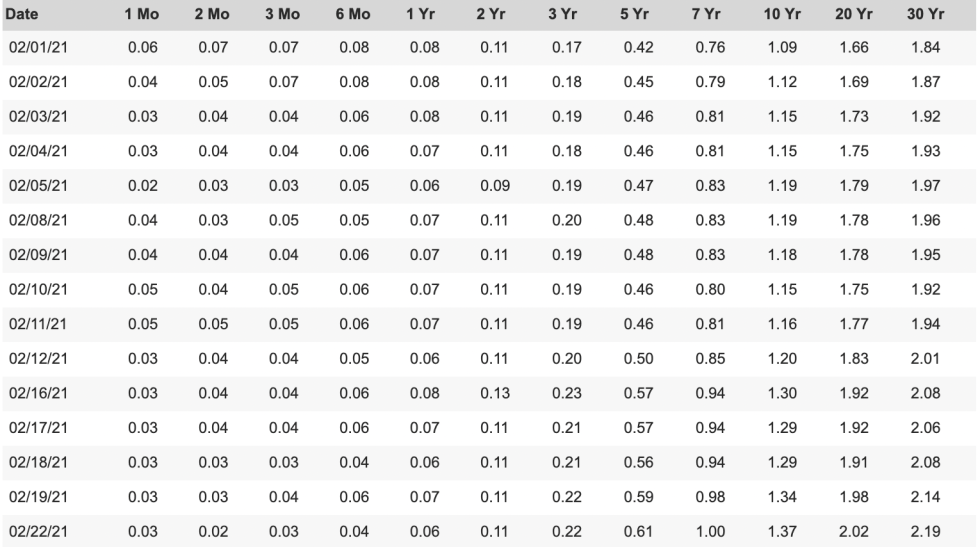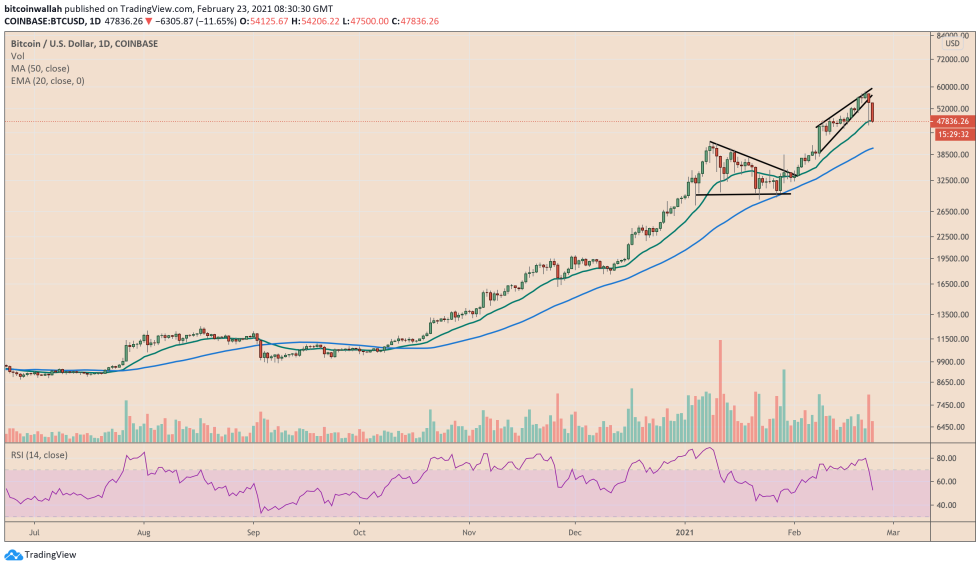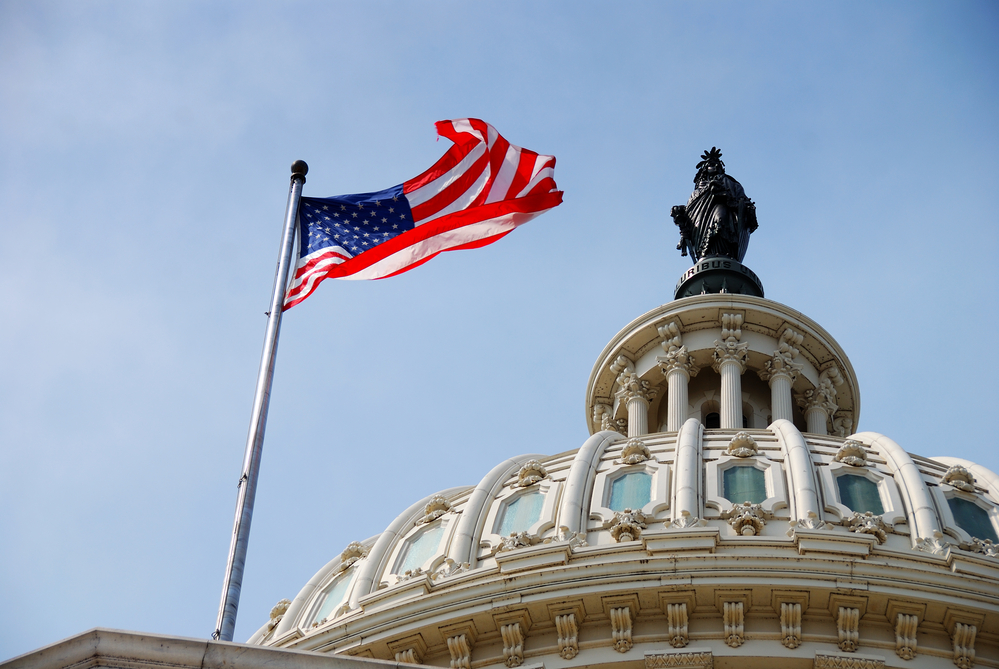
Key Bitcoin Talking Points:
- Rising inflation hopes, depressed real rates, and a beaten US dollar may underpin Bitcoin prices in the sessions ahead.
- Holding the 20-day simple moving average as support could trigger the upside bias.
- Meanwhile, an extended downside correction could also let the market retain its long-term bullish sentiment.
Bitcoin fell by almost 20 percent after touching its record high of $58,367 on Sunday as traders decided to secure their profits against the US economy’s recovery prospects.
Nevertheless, the top cryptocurrency expects to recover in the sessions ahead—probably even reclaim its previous peak—as Jerome Powell attends his semi-annual monetary policy testimony before the Congress on Tuesday and Wednesday. Savvy crypto investors believe that the Federal Reserve Chairman’s economic outlook would underpin Bitcoin prices.
Dovish Fed Chairman
Per his previous statements, Mr. Powell may reiterate the central bank’s commitment to supporting the US economy by keeping benchmark rates at record lows while continuing to purchase at least $40 billion of mortgage securities and $80 billion of Treasury notes every month.
It will continue the quantitative easing program until the US economy achieves maximum employment and price stability goals. The substantial dovish package’s impending delivery expects to keep the yields on short-dated Treasury notes near-zero, pushing investors into the long-dated bonds as safe-haven.
Meanwhile, investors with a higher risk appetite could increase their exposure in the Bitcoin market for its short-term, high-return record throughout 2020 and so far in 2021.
More tailwinds for Bitcoin…
…come from the US government’s impending fiscal package of $1.9 trillion. Mr. Powell may repeat his calls for expansive monetary support to bolster the economic recovery. In his earlier statements, the chairman has said that “it will require a society-wide commitment, with contribution from across government and the private sector” to recover jobs.
His comments become meaningful given the recent disappointing data in the US labor market in December and January. That further raises the Fed’s possibility of going extra-aggressive on its dovish policies. It may lead to long-dated Treasurys’ purchase as the central bank avoids pushing the short-term bond yields below zero.
“Powell will likely note recent progress in the data but reiterate that the economy is far from fully recovered, thereby defending the accommodative monetary policy,” Michelle Meyer, an economist at Bank of America, said in a note Friday.

On Friday, the House of Representatives expects to put President Joe Biden’s $1.9 trillion coronavirus stimulus package to the vote. Many analysts agree that additional US dollar liquidity would lead to higher inflation across the commodity board, which may aid Bitcoin’s bull run.
“It’s my opinion that if the dollar starts to gain strength and yields start rising, then either the FED or more U.S. government stimulus will take place (early estimates are late March),” said Ben Lilly, a crypto economist, in his Monday note.
“If so, then it’s back to the races for bitcoin. The timeline for this to play out would be nearly all of March,” he added.

Bitcoin was trading below $48,000 at this press time, supported by a strong buying area between its 20-day and 50-day moving averages.


















